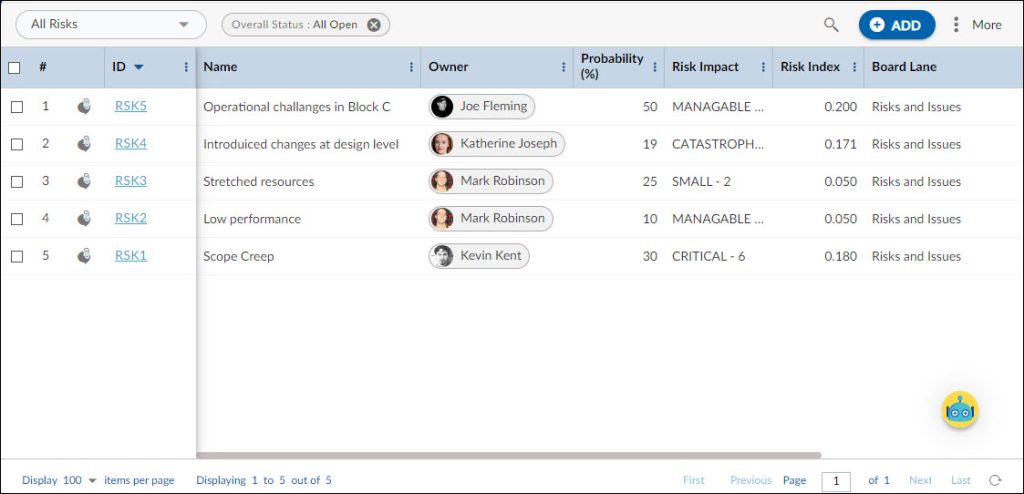Projects are an organization’s backbone for growth. They are a series of tasks that need to be done for a business to meet a certain metric, such as revenue. For a project to be successful, it must be meticulously planned from start to finish. While this can be a challenging task, making a project plan will make executing a project much easier.
What is a Project Plan?
A project plan is a proposed plan for a project that clarifies its scope, resources, goals, roles, and timeline as well as clarifies the roles and responsibilities of everyone involved. Having a well-made project plan ensures that all team members know what they should be targeting and what needs to be done to achieve those targets.
How do you Make a Project Plan?
Creating a project plan can be done in as little as seven steps. Here’s a streamlined process on making an effective project plan:
Step 1: Start with why
Before you begin planning a project, you must first answer the question: why must the project be done? Your project has to have a clearly defined purpose and offer a tangible benefit to the organization if executed.
If the project accomplishes something that can be done in other ways, you also have to justify why specifically your proposed project must be done over those other choices.
The best project is one that also aligns with your company’s vision. You must align everything
Step 2: Create a project scope
Once it’s clear why the project has to be done and why your organization should consider doing it, then you have to provide the hows and whats. In other words, these are your project’s goals and how you plan to accomplish them.
Your project’s scope should be a documented list of specific goals, deliverables, and tasks. This will help your team members understand what they should be doing for the successful execution of the project.
Step 3: Plan for when you don’t reach these objectives
When you’re planning for a project, you will inevitably think of potential risks. Take note of these risks, and start planning for how to handle them should they occur during the execution phase of the project.
Nimble provides robust risk tracking features, allowing teams to identify, assess, and mitigate risks throughout the project lifecycle, ensuring proactive risk management and project success.
You won’t be able to spot every single risk reliably, and that is normal. This only makes the following step more important.
Step 4: “Sell” your project to your Stakeholders
Pitching the project to stakeholders and key figures within the organization can be intimidating, but is a necessary step to improving your project plan.
Key stakeholders should have the experience, influence, and authority to determine whether a proposed project will be successful or not. Their input will be invaluable in identifying how else the project plan can be improved.
Once your stakeholders buy-in to your project, albeit with some adjustments, then you’re able to continue to the next step of the planning process.
Step 5: Set up a clear timeline
With all of your goals, deliverables, and key milestones outlined for you, you can now start scheduling them. What your timeline looks like will depend on whether your project is planned for the short-term or long-term.
Make sure that you’re giving just enough time for tasks to be completed. Giving too little time can be a source of stress and frustration for your team, whereas giving too much time will result in wasted resources.
A meticulous schedule doesn’t normally work, as there will be delays such as stakeholders taking more time than necessary to review or internal issues. Instead, an approximate but clear timeline will provide your team with some cushioning while still establishing what you need to accomplish.
Step 6: Establish individual roles, responsibilities, and resources
Your team members have to know their roles and responsibilities. This reduces the chance of your team bumping heads with each other which can cause much confusion. Overloading your team members should also be avoided, as this can be too stressful for teams to reliably handle.
The team also has to know what resources are available to them. This includes manpower, time, budget, technologies, and other resources.
Step 7: Leave no question unasked or unanswered
One of the biggest challenges in planning and executing a project is communication. Teams that are not transparent with asking and answering questions will inevitably run into communication issues during the project.
Before entering the execution phase of the project, ask your team if they have any apprehensions or anything you can clarify. This can also be done privately as some team members may not feel comfortable speaking up during a meeting.
Now, you know how to create an effective project plan in just seven simple steps. Executing a project, however, requires effective communication as well. If you need a tool that can help you communicate with your team during all stages of the project, try Nimble.










